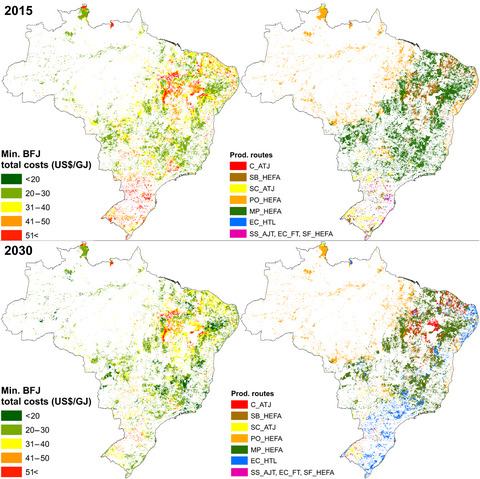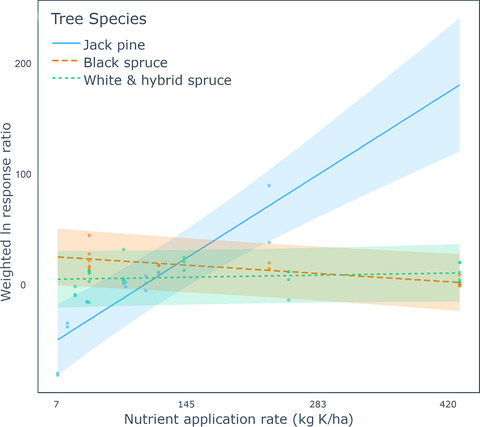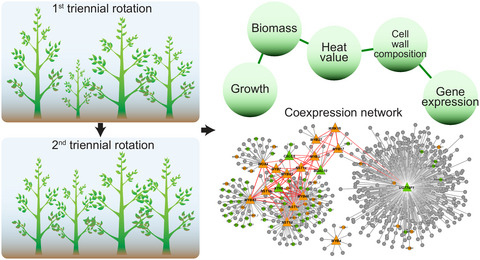Journal list menu
Export Citations
Download PDFs
ISSUE INFORMATION
ORIGINAL RESEARCH
Spatial modeling of techno-economic potential of biojet fuel production in Brazil
- Pages: 136-157
- First Published: 23 October 2019

We quantify the techno-economic potential of biojet fuels (BJF) from energy crops through various biochemical and thermochemical conversion routes in Brazil between 2015 and 2030. Depending on local fossil jet fuel prices, up to 7.2 EJ of techno-economic viable BJF could be supplied toward 2030, mainly sourced from the Southeast and Northeast regions, where land availability is high, and agro-ecological conditions and existing infrastructure are adequate. These drivers are presented spatially explicitly, which is a key information for decentralizing energy policies and supporting the regional development of BJF supply chains.
Short-term growth response of jack pine and spruce spp. to wood ash amendment across Canada
- Pages: 158-167
- First Published: 08 November 2019

Applying wood ash to forest soil closes the bioenergy production loop by diverting a waste product from landfills back to the forest as a soil amendment. There is a need to identify proper application rates under various soil/site conditions. By examining short-term trends in tree growth response to ash across eight sites spanning five Canadian provinces, we found that jack pine responded positively to increasing quantity of ash nutrients, and showed the greatest potential for increased productivity when compared to spruce species. These results provide a baseline for monitoring programs, and contribute to our knowledge of optimal ash amendment practices.
Agronomic performance of 27 Populus clones evaluated after two 3-year coppice rotations in Henan, China
- Pages: 168-181
- First Published: 15 November 2019

Selecting superior clones is the first step for commercial short rotation coppice cultures to provide biomass and bioenergy. This study provides an efficient way for poplar clone selection with great agronomic performance in local environments. And the key genes’ expression and integrated coexpression network provide the molecular mechanisms of poplar biomass performance.










